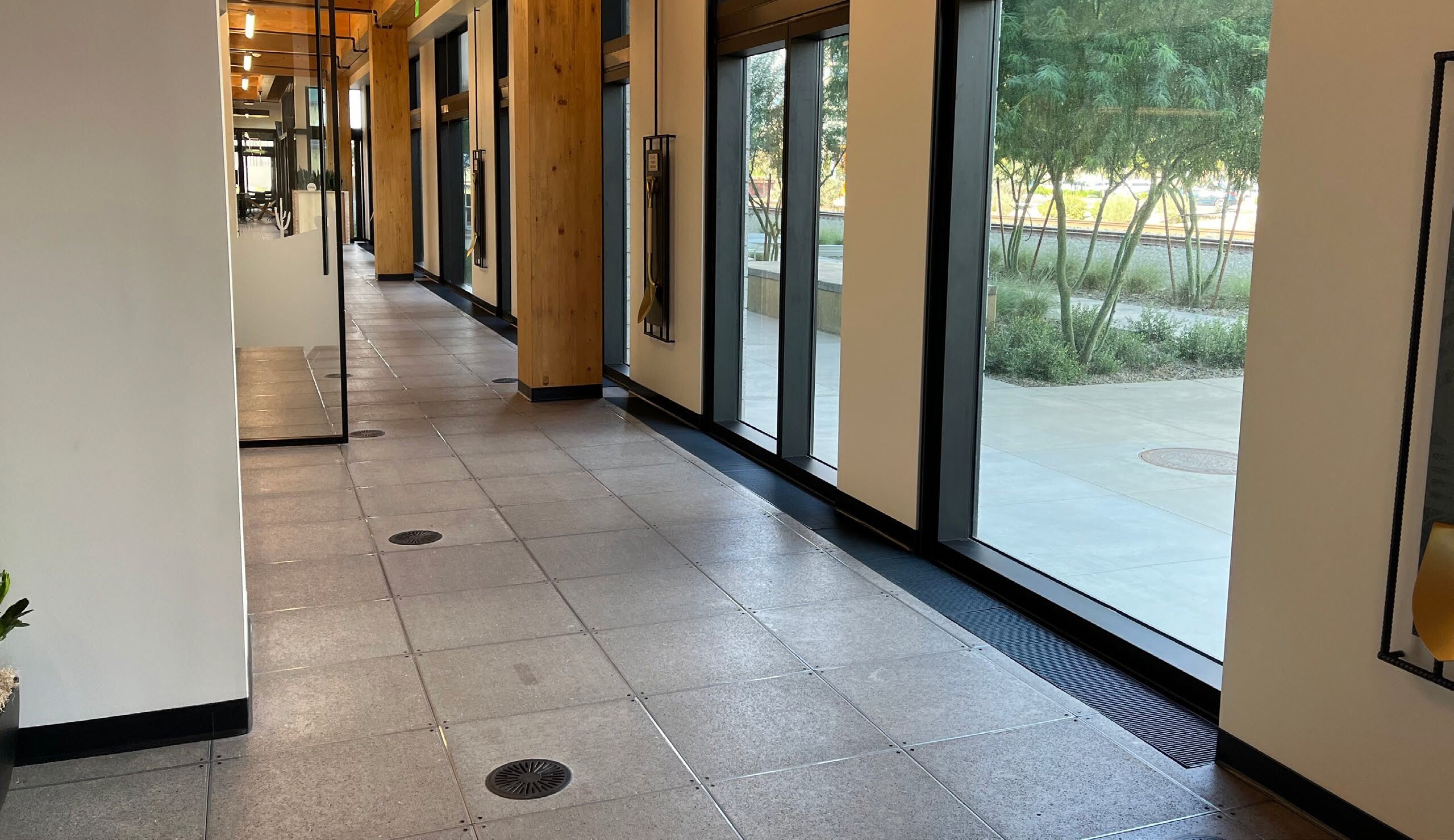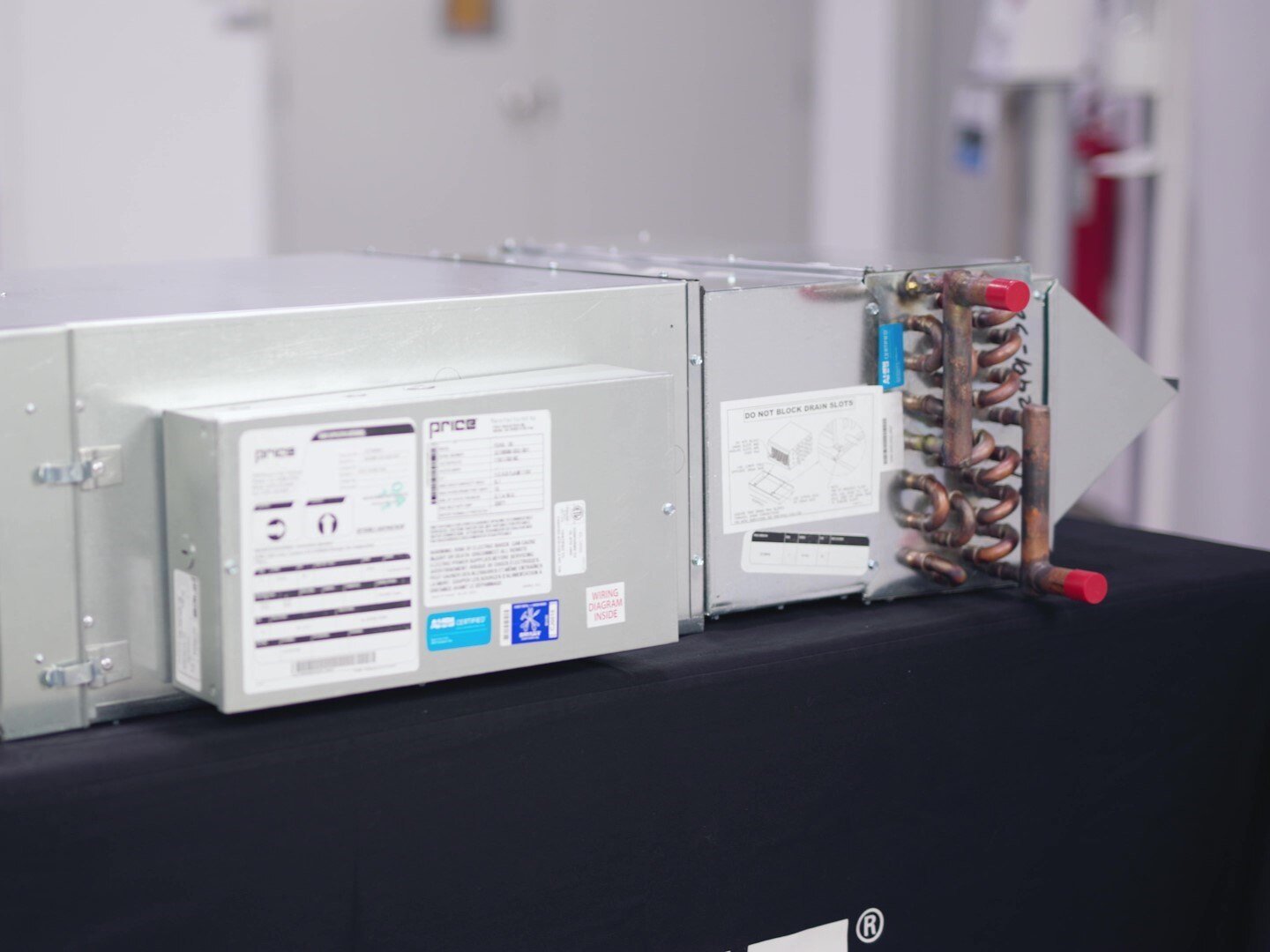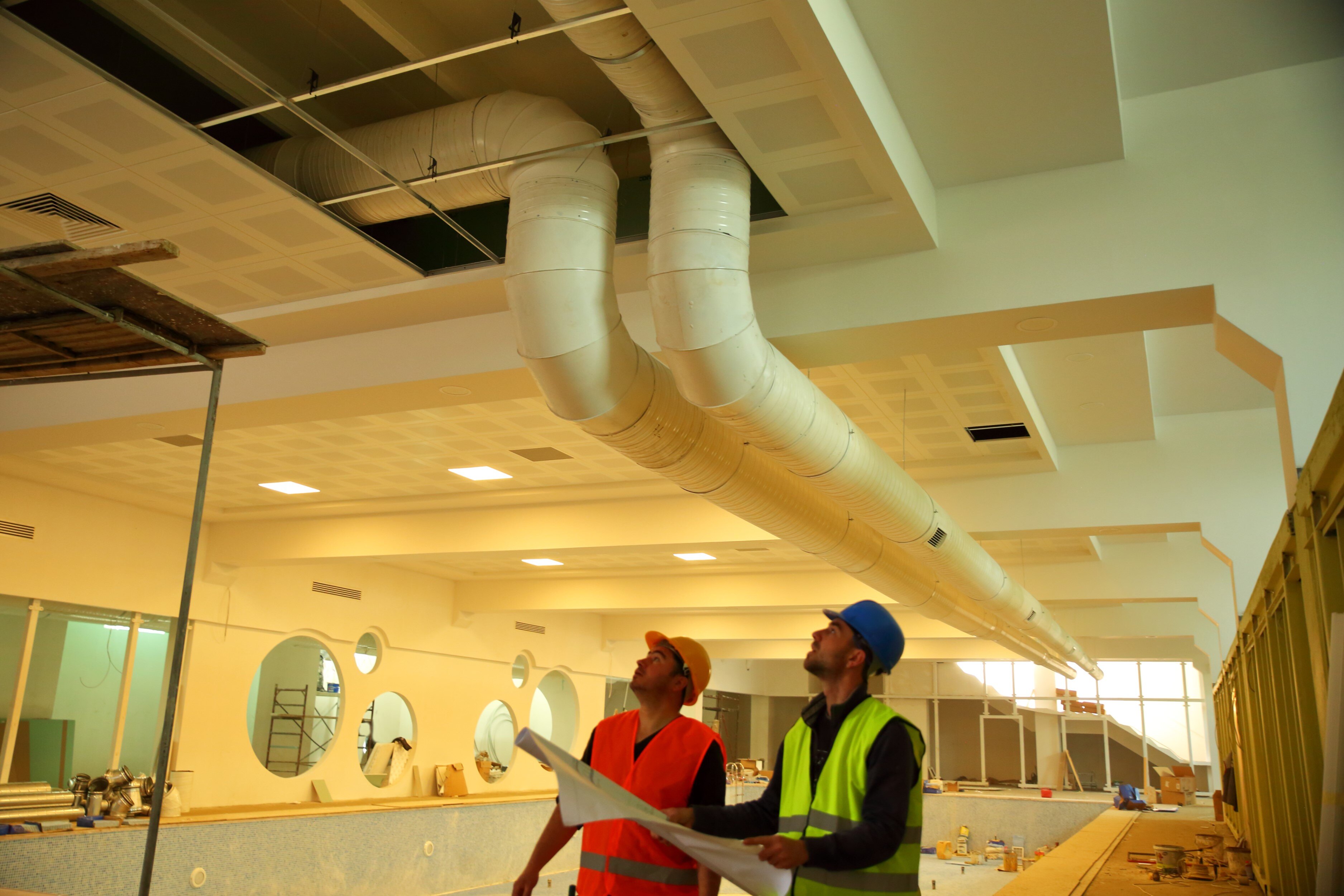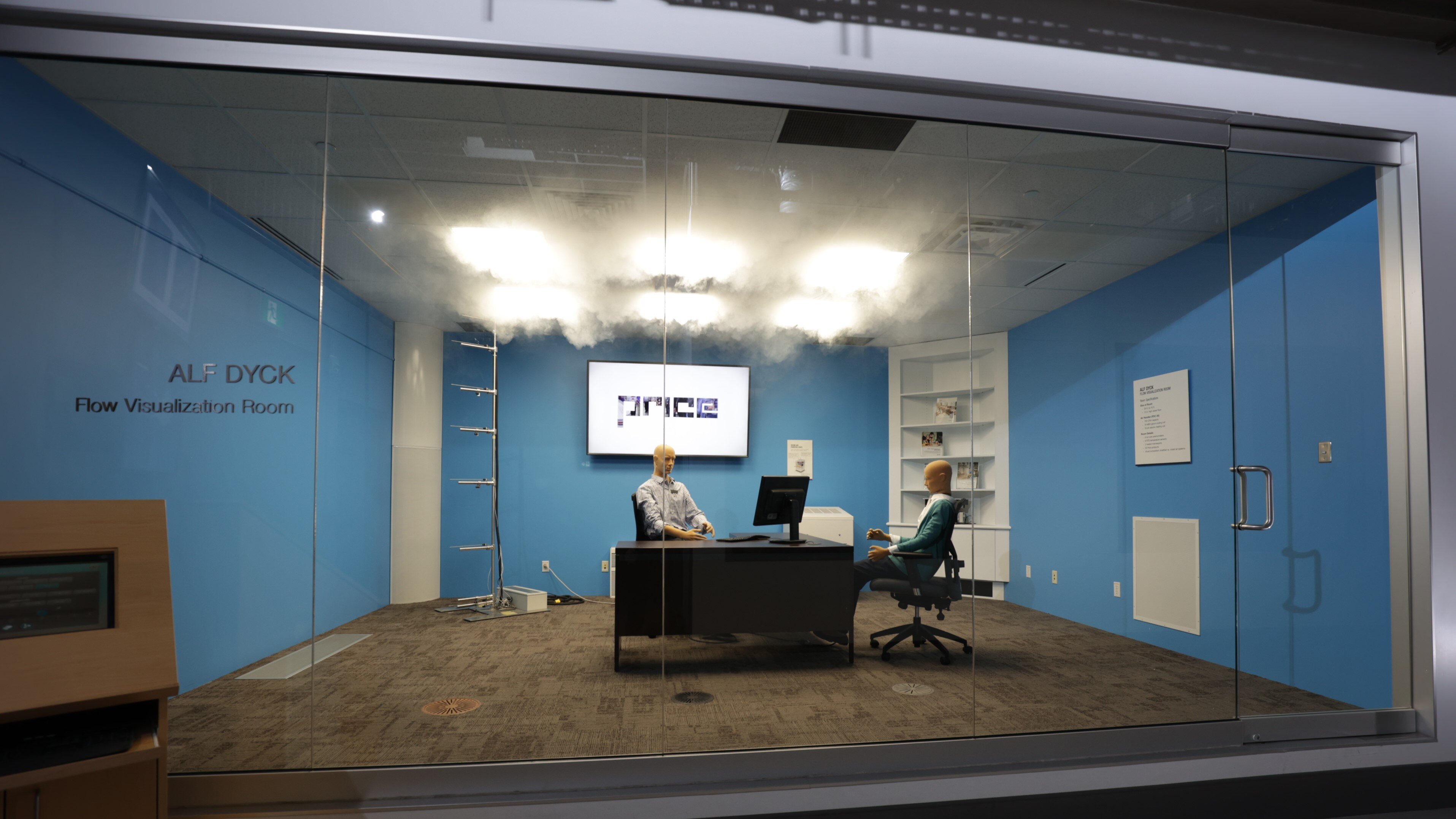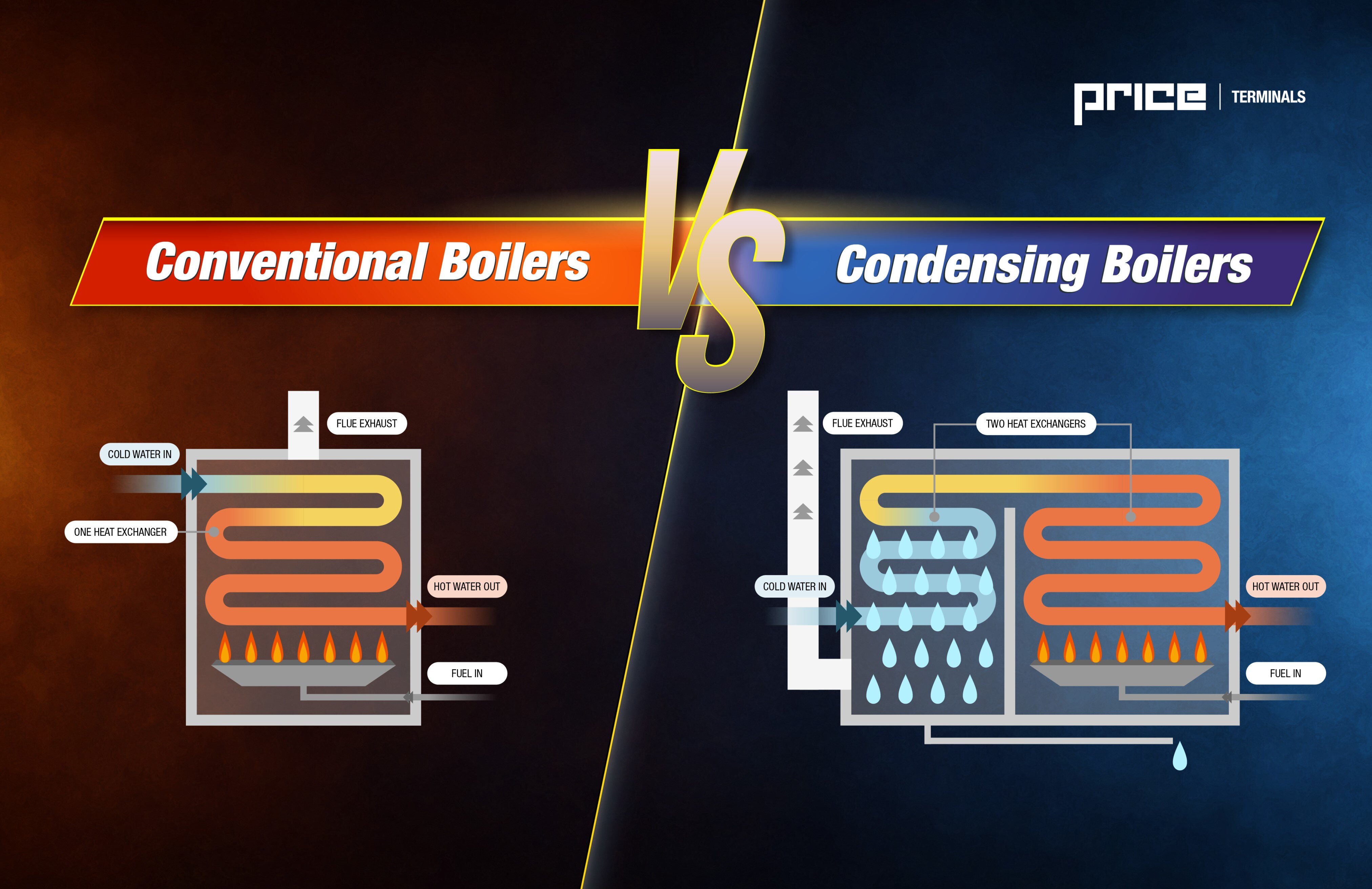The Benefits of UFAD Systems That You Can Take to the Bank
In the quest for more efficient and adaptable building designs, underfloor air distribution (UFAD) systems have emerged as a promising alternative to traditional overhead (OH) HVAC systems. Two comprehensive studies – one by the Center for the Built Environment (CBE) at UC Berkeley and another by Global IFS and Dynamic Systems Inc. – provide valuable insights into how UFAD systems can save on first costs while offering a variety of operational benefits.
Read More
Topics:
Underfloor,
Thermal Comfort,
HVAC,
Engineering,
Design Engineering
The Energy-Efficient Workhorse of Your HVAC System
Fan coil units, or FCUs, are a quiet but crucial part of many HVAC systems, helping to maintain comfortable temperatures in buildings of all sizes.
Read More
Topics:
Fan Coils,
Controls,
Thermal Comfort,
HVAC Fundamentals,
HVAC,
Engineering,
Design Engineering,
Filtration
8 Reasons for Pressure Fluctuations – and What to Do About Them
Pressure fluctuations in a comfort-cooling variable air volume (VAV) HVAC system arise from various design, operational and external factors. These issues must be addressed to ensure consistent airflow, energy efficiency and occupant comfort.
Read More
Topics:
Static Pressure,
Pressure Drop,
System Efficiency,
Thermal Comfort,
HVAC Fundamentals,
HVAC,
Engineering,
Design Engineering
Determining the Right Amount of Airflow for a Space
At Price, we pride ourselves on being industry leaders in room air distribution. Our manufactured products are designed around a common goal: to keep the room air clean, dry and comfortable. This is often accomplished by blowing a jet of conditioned, fresh air through a grille, register or diffuser (GRD) throughout a room to properly ventilate it.
Read More
Topics:
GRD,
Diffusers,
Grilles,
Displacement,
Underfloor,
Thermal Comfort,
HVAC Fundamentals,
HVAC,
Engineering,
Design Engineering,
Tech Tip
Optimizing Building Efficiency and Thermal Comfort
Commercial boilers generate heat through the combustion of fuel and the transfer of thermal energy to water. The heated water is then distributed throughout a commercial building for use in HVAC, processing, manufacturing and other applications. In North America, natural gas is the most common fuel type for commercial boiler systems, and the hot water they produce is frequently used for radiant or forced-air space heating.
Read More
Topics:
System Efficiency,
Heat Transfer,
Thermal Comfort,
HVAC Fundamentals,
HVAC,
Engineering,
Design Engineering


